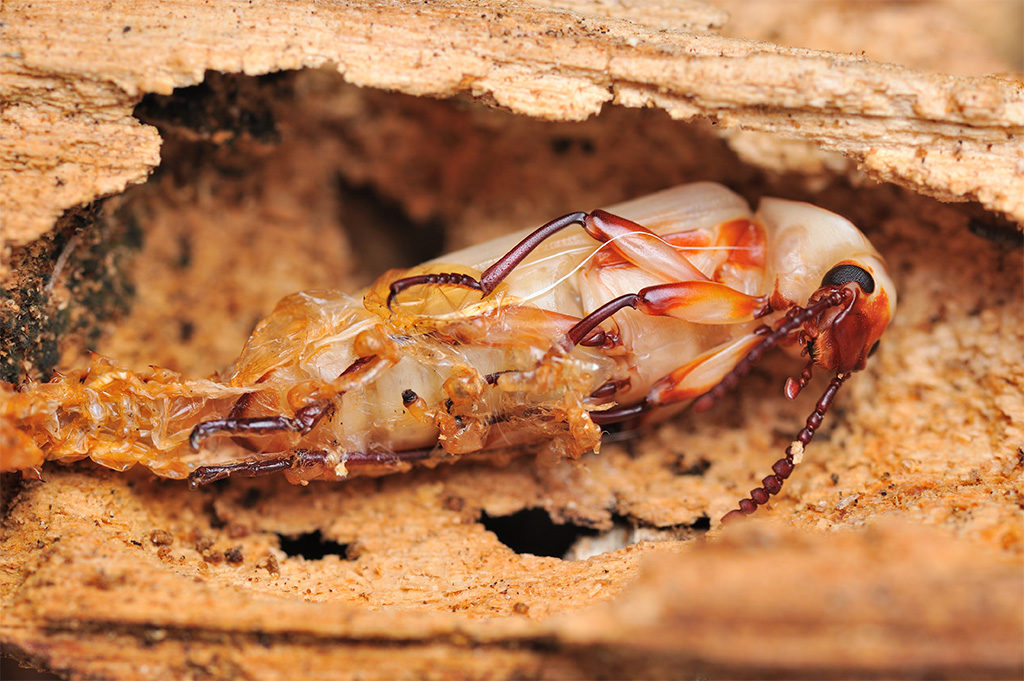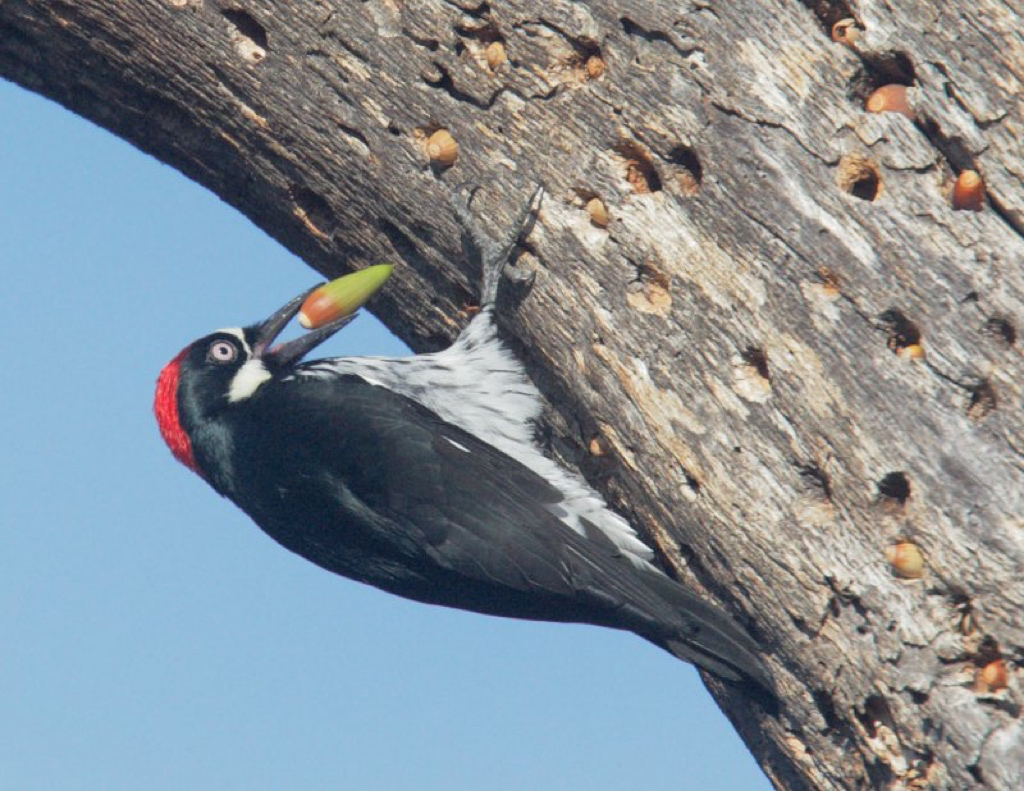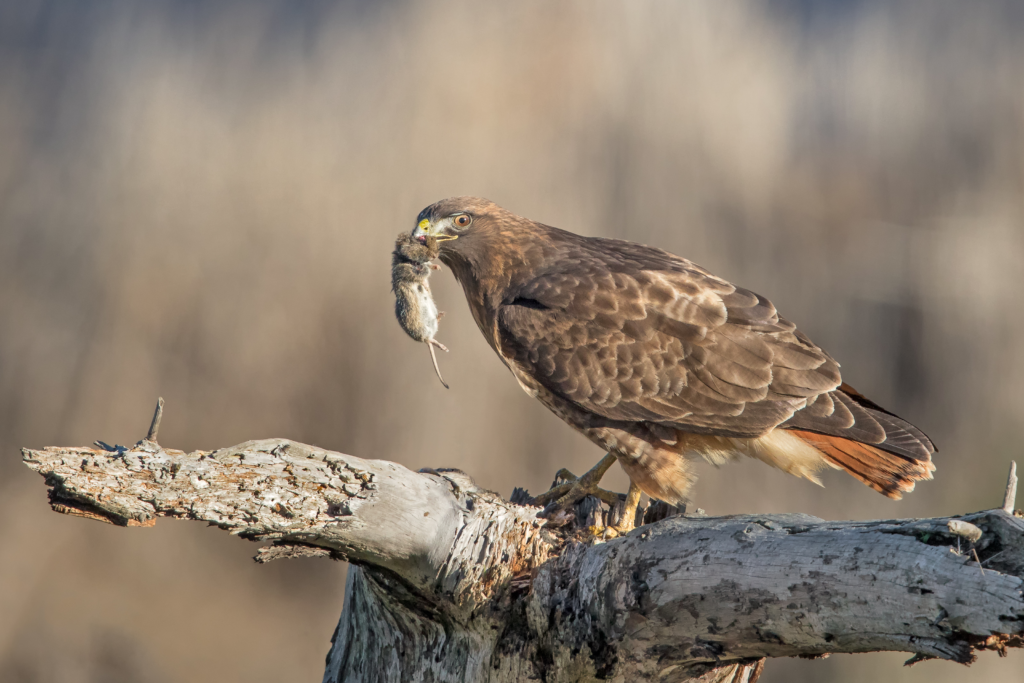Value of Dead Trees for Birds
About 85 species of North American birds nest in cavities in trees. They include several raptors (mostly owls), three falcons, several ducks, all woodpeckers, and a number of small songbirds, including two warblers.
Cavities
Apart from providing a place for birds to nest, cavities in dead trees and dead limbs also protect birds by providing safety from predators, shelter from the elements and places to store food. Some cavities form naturally, but many are made by woodpeckers whose highly specialized anatomy allow them to excavate in wood.
The abandoned nest sites of woodpeckers are inherited by songbirds that are less adapted (or not at all) for excavation. Woodpeckers are prolific excavators of cavities both for nesting and for roosting. Many excavate all year. Their family is therefore a vital presence in many ecosystems and a critical component for other natural processes that keep habitats healthy and in balance.
Food
Stressed and dying trees attract many insects, particularly beetles that breed in crevices, behind bark or deep within the tree. Spiders, ants and caterpillars are frequent guests of these trees. Insects are the primary diet of most woodpeckers and of many other birds. A single woodpecker can consume thousands of insects daily thereby reducing pest populations.
Different foraging techniques enable birds to extract insects from different parts of the tree. Some devour those primarily on the surface of bark, others probe behind or remove bark, and those with the heaviest bills excavate deeper into the heartwood of standing trees or heavily decayed, downed wood.
Food Storage
The most dramatic example of food storage by a family of birds occurs in the case of Acorn Woodpeckers that use rotting trunks and branches to store thousands of acorns. This food site, known as an acorn granary, sustains the woodpeckers during fall and winter when insect populations are typically lower. Coincidentally, these acorn stores benefit other birds and small mammals that manage to steal a share of them.
Perches
The leafless tops and branches of dead trees provide perches for hunting, territorial defense and courtship. Unobstructed views are often favored by hawks when hunting and keeping competitors away.
Communication
Rotting trees benefit woodpeckers in a unique way by providing a substrate for “drumming,” one of a woodpecker’s forms of communication.
Dust Bathing
In addition to bathing in water, many birds dust bathe. In some cases, the duff of a decaying log provides such an opportunity. It is thought that dust bathing suffocates parasites such as mites that are present on the bird’s feathers and skin. Another hypothesis is that dust absorbs extra oil and grime which, when the bird preens, is eventually removed.







Connect
Connect with us on the following social media platforms.